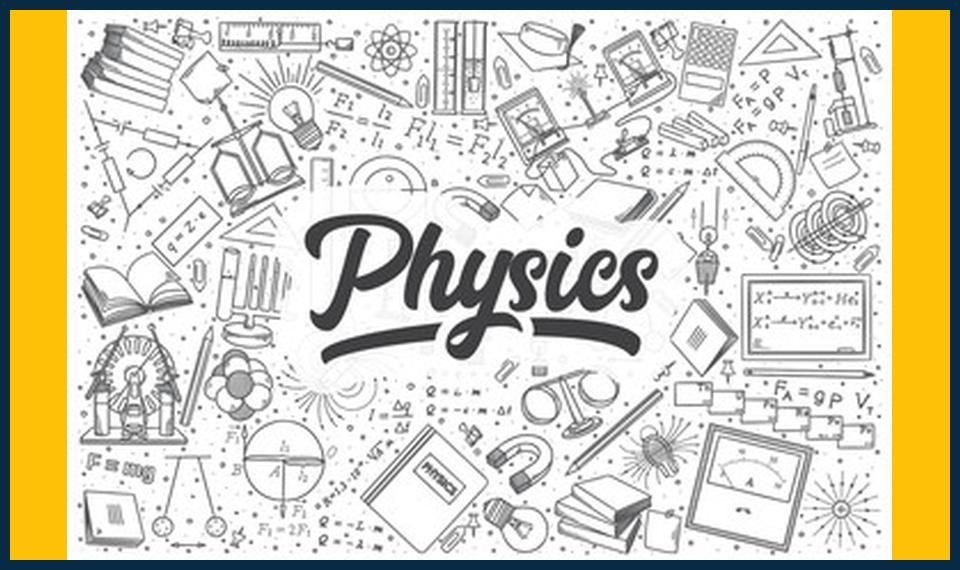![]()
Mastering Chemical Equations: Your Ultimate GCSE Chemistry Guide 🎉🔬
Understanding Chemical Equations 🎓
Chemical equations are the backbone of GCSE Chemistry. They help us understand how substances interact and change during a chemical reaction. But, they can sometimes seem confusing and intimidating 😟. Let’s demystify them together!
What’s a Chemical Equation? 💡
A chemical equation is a visual representation of a chemical reaction. It tells us what substances are reacting, how they’re changing, and what new substances are formed 🔄. It typically consists of reactants (the substances that react) on the left side, an arrow (⟶) in the middle, and products (the substances formed) on the right side.
Balancing Chemical Equations 🔧
Balancing a chemical equation is essential to ensure the number of atoms of each element is conserved 💡. Here’s how:
1. Identify the reactants and products: Write down the unbalanced equation, including the number of atoms for each element in the formula of each substance.
2. Find the coefficients: Coefficients are the numbers in front of the chemical formulas. Balance the number of atoms of each element by adjusting these coefficients 🔀.
3. Check your work: Ensure the number of atoms of each element is the same on both sides of the equation. If not, go back and adjust the coefficients until it is.
Practical Tips for Balancing Chemical Equations 💡
1. Start with the limiting reactant: Often, one reactant will determine the amount of product formed. Identifying this reactant can help simplify the balancing process.
2. Use the smallest possible coefficients: This makes the equation easier to read and remember.
3. Memorize common balancing tricks: Some reactions have common balancing patterns. Learning these can save you time and effort.
Real-Life Example 🌟
Let’s balance the reaction between hydrogen (H₂) and oxygen (O₂) to form water (H₂O):
Unbalanced equation: H + O₂ → H₂O
Balanced equation: 2H₂ + O₂ → 2H₂O
FAQs ❓
Why is it important to balance chemical equations?
Balancing chemical equations ensures the law of conservation of mass is obeyed, which is a fundamental principle in chemistry.
What are some common balancing tricks for chemical equations?
For combustion reactions, it’s often helpful to start with the oxygen side and work backwards. For ionic compounds, consider the charge balance.
Can I balance chemical equations without knowing the chemical formulas?
No, you need to know the chemical formulas to balance chemical equations, as you need to account for the number of atoms of each element.
What if I can’t balance a chemical equation?
Don’t worry! Keep trying different possibilities. If you’re still stuck, ask your teacher, tutor, or classmates for help.
Are there any online resources to help with balancing chemical equations?
Yes! Online tutoring platforms like Tutor GP offer personalised learning and support to help you master balancing chemical equations.
How can I improve my understanding of chemical equations?
Practice, practice, practice! Regularly revise and work through problem sets, and don’t hesitate to ask for help when you need it.
What if I’m struggling with GCSE Chemistry overall?
Consider seeking extra help through tutoring or additional study resources. A personalised learning approach can help boost your understanding and confidence.
How can parents support their child’s learning of chemical equations?
Encourage regular study, offer a quiet and distraction-free study environment, and provide resources like online tutoring to help them succeed.



